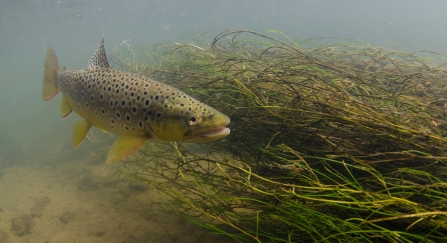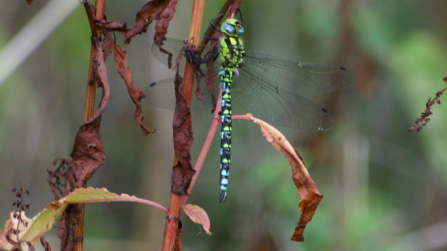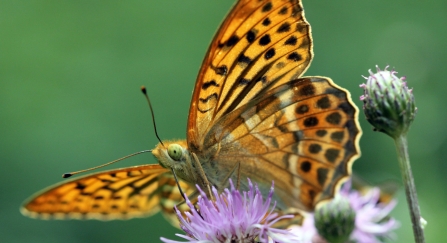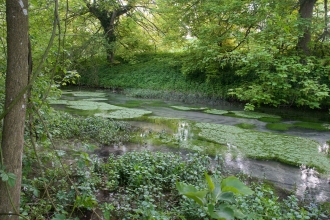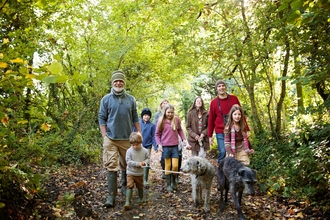Letcombe Valley nature reserve, near Wantage in south-west Oxfordshire, contains a lovely mix of woodland and chalk grassland, centred on a stretch of the Letcombe Brook, a globally rare chalk stream habitat.
As you enter the reserve from Bassett Road you cross the Letcombe Brook. Look down into the shaded water immediately upstream of the bridge and you might spot a brown trout sheltering in the quieter flow waiting to intercept food washed down in the current. The brook’s clear waters are also home to unusual fish such as bullhead and brook lamprey.


